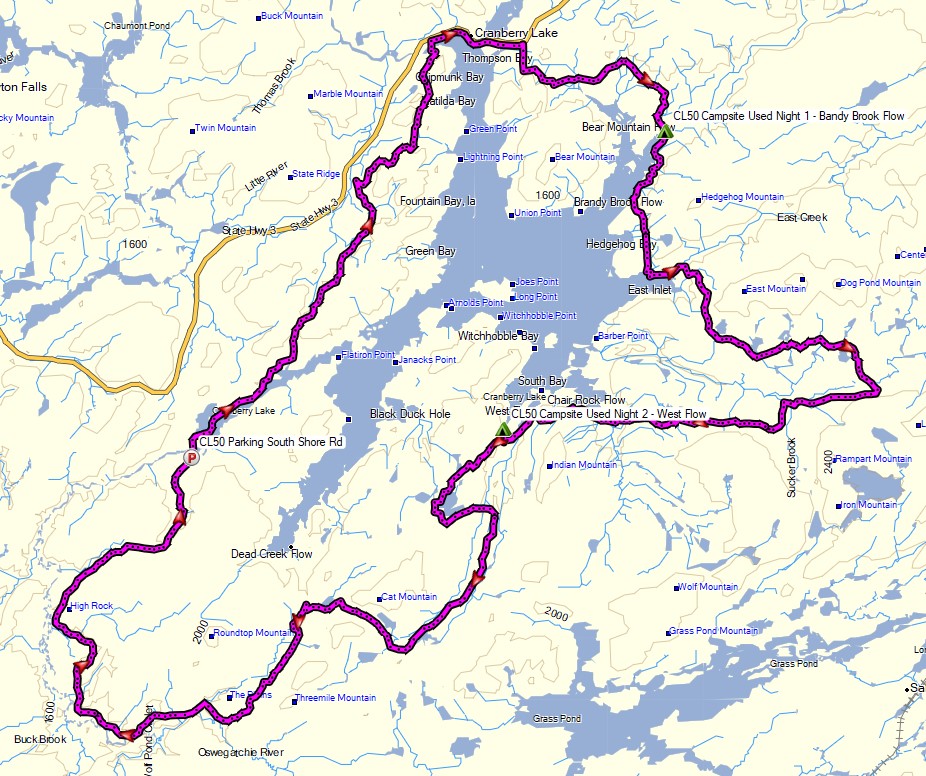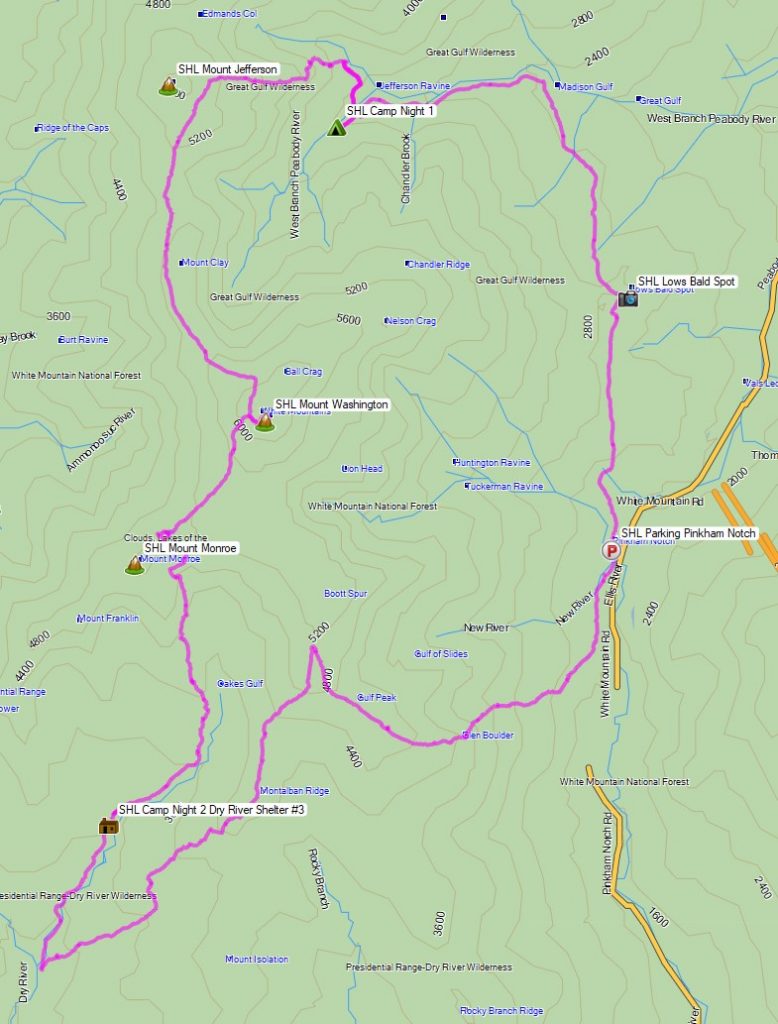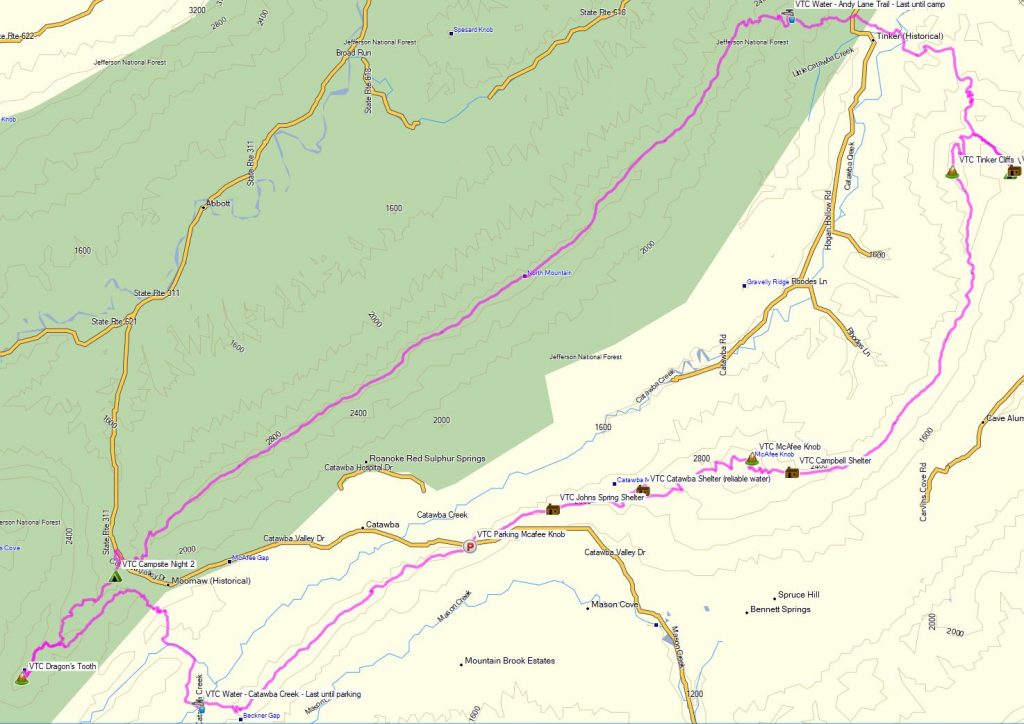3 days of Backpacking & Hammock Camping along Cranberry Lake in the Adirondacks
FTC Disclosure: This post contains affiliate links, which means I may receive a commission for purchases made through some of my links.
For this adventure, I decided to do a fall backpacking trip with some higher trail mileage than I’ve been doing lately. Nestled in New York’s Five Pond Wilderness, the Cranberry Lake 50 is a fifty mile loop hike that circumnavigates it’s namesake, and passes by many smaller ponds along the way as well. Most of these smaller ponds have campsites or even a lean-to shelter nearby, which is quite nice.
The CL50 is not really an individual trail, but a collection of trail sections from 12 other trails is the area. The route is well blazed with blue CL50 plastic discs nailed to trees along the way. The trails used to make up the CL50 are blazed with similar yellow trail discs, so you will often see both blazes simultaneously.
The Cranberry Lake 50 goes directly through two towns – Wanakena, where I started, and the town of Cranberry Lake. There’s only about 10 trail miles between them, so neither really poses much logistical value for resupplying, but they are nice towns to stroll through.
I chose to do the loop counter clockwise from Wanakena because the last 10 miles traverse some muddy wet sections due to beaver dams, so I figured it would be best to save that for the last afternoon.
I typically like to hike my backpacking trips on a 3 day, 2 night timeline, so that meant my daily trail mileage had to be around 17 miles or so during the shortened daylight hours of October. On the upside, this hike is primarily along the perimeter of a lake, with minimal elevation changes, but did I mention that I hadn’t done a high mileage trip in a while? Yeah, the headlamp got a good amount of usage on this one. Let the night hiking begin…






